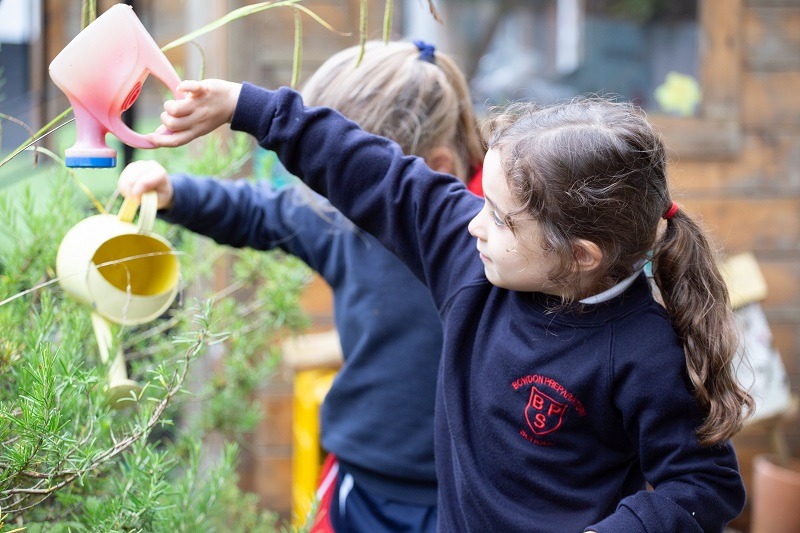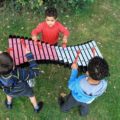The Benefits of Outdoor Learning
Do we really need academic research to tell us that spending time in nature makes us feel happier, calmer and more responsive to new experiences? Probably not. Nevertheless, a huge body of robust scientific research has demonstrated that frequent regular periods spent in natural settings greatly improve mental and physical health. A similarly vast body of research demonstrates that happy, engaged children learn better in all areas of the curriculum. Surely the logical conclusion is to take our children’s learning outside!
With a good practitioner to guide the session, the benefits of a natural outdoor setting can be harnessed to teach a wide range of academic learning while developing confidence, self-belief, social interaction and communication skills, critical thinking and resilience. Take an early-years group, for example. The chance to explore a wood and find your favourite stick can, with a little careful prompting, support observation and language development (Can you describe your stick? What makes it special? Is your stick rough, smooth, furry?), mathematical skills (How many sticks have we got? Whose stick is longest/shortest? Can you find another stick the same length as yours?), teamwork, communication and problem solving (Can you work together to make a triangle, tower, letter, nest?), biology (How do birds use sticks? Where in our field do you think a bird would like to build a nest? Can you find a nest?), social and emotional skills (Can you make a happy, sad face?), art and design (Can you make a picture using sticks?) … and so on!

To maintain engagement, it is important that children retain a sense of agency. An experienced practitioner can anticipate and plan for likely directions in which a session will develop, but sometimes the best experiences and most truly memorable learning happen when a child’s delight in discovery takes flight in a wholly unexpected direction. For example, when a chance observation by a 6-year-old of curious patterns on her favourite stick leads to the exploration and study of lichen in a school field.
The use of self-selected natural resources makes the experience unique, relevant and engaging and gives children a sense of ownership and control over their learning. This can (and should) happen in classrooms too, but I would argue that it happens more readily in a natural setting.
Outdoor environments give space for unrestricted movement and allow children to sit less formally and therefore more comfortably. Ambient birdsong and the rustle of leaves induce calm and we find that voices tend to be pitched naturally to match this. For these reasons, studies have also shown that outdoor learning can be a powerful way to make education more inclusive. Children who find lengthy periods in a classroom stressful or disengaging tend to blossom in a natural setting. Quiet children find their voices and the boisterous are more inclined to listen and reflect.
Outdoor learning is increasingly recognised as an essential element in achieving excellence in our schools – and rightly so!







OUTDOOR ACTIVITY AND NATURE ESSENTIAL TO LEARN ABOUT OUR WONDERFUL HOME PLANET.